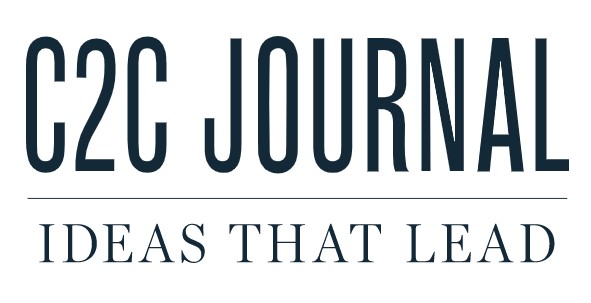The Frontier Centre for Public Policy has today released “Restrictive Land-Use Regulation: Strategies, Effects and Solutions,” a new report by Wendell Cox, a senior fellow with the Frontier Centre.
The report evaluates currently in-vogue housing regulation strategies and their impact on middle-income housing affordability based upon experience in metropolitan area markets around the world. The report concludes that “urban growth boundaries” or “greenbelts” (as in Toronto) are the “killer app” of housing affordability. The result is higher land prices (as when petroleum exporting countries cut back on production), which drives up house prices, which denies home ownership to many and increases poverty. The report also notes that excessive fees and regulations are also driving house prices up relative to incomes.
Housing affordability improvement proposals are evaluated. The most promising is being considered in New Zealand, automatically increase greenfield land for development when housing affordability targets are not met. The best solution, however, is for metropolitan areas to not implement urban growth boundaries or greenbelts.
Effectively dealing with the housing affordability crisis is important. Otherwise, worsening housing affordability could to lead to a lower standard of living, greater real poverty, and more intensified inequality. Ultimately this could impose significant costs on Canada’s economy and social structure.
Mr. Cox is an expert in land use and transportation policy and the co-author of the 13th annual Demographia International Housing Affordability Survey, which has examines metropolitan areas in Canada, Australia, China, Ireland, Japan, New Zealand, Singapore, the United Kingdom and the United States.
Read the entire study here: FC197_RestrictiveLandUse_JN2817_F2



